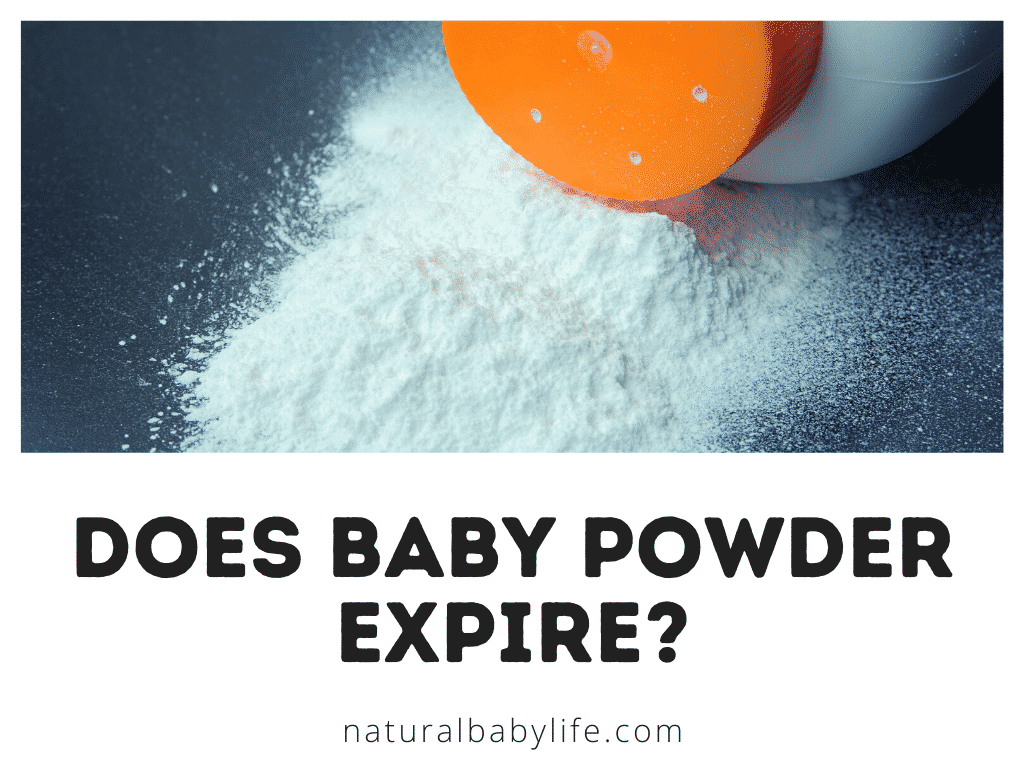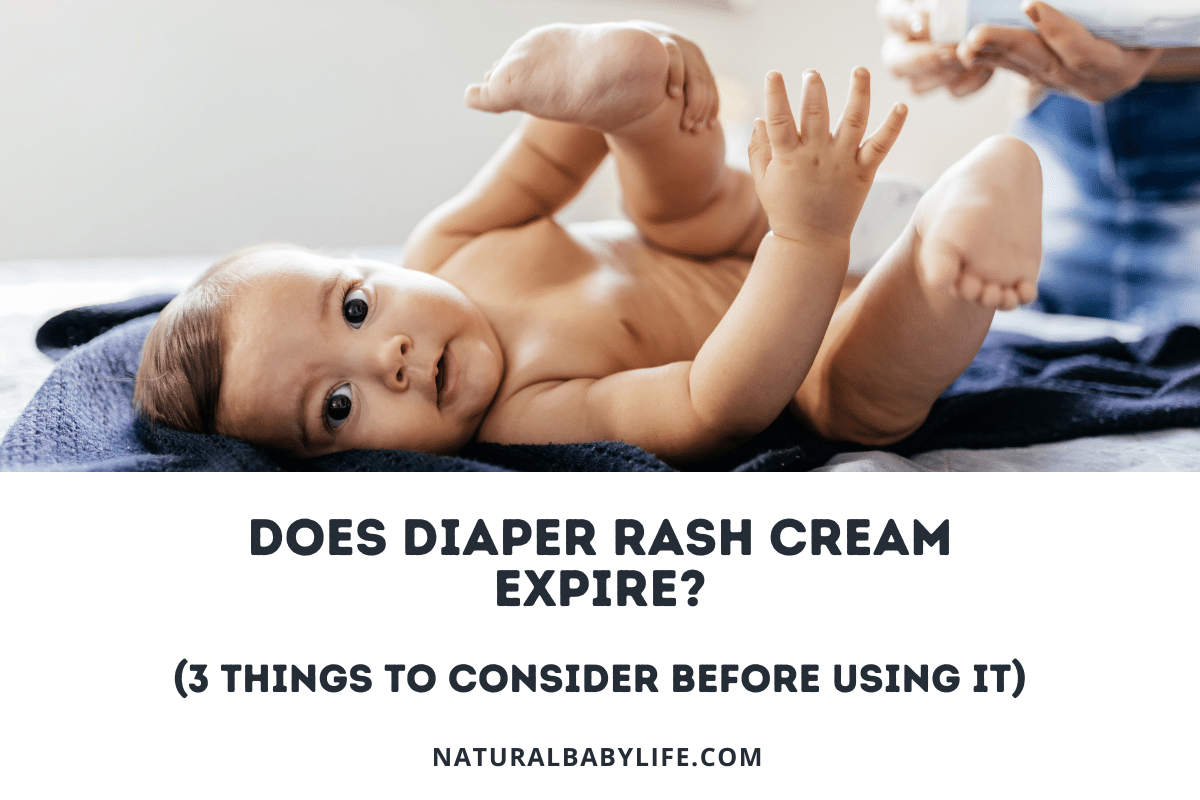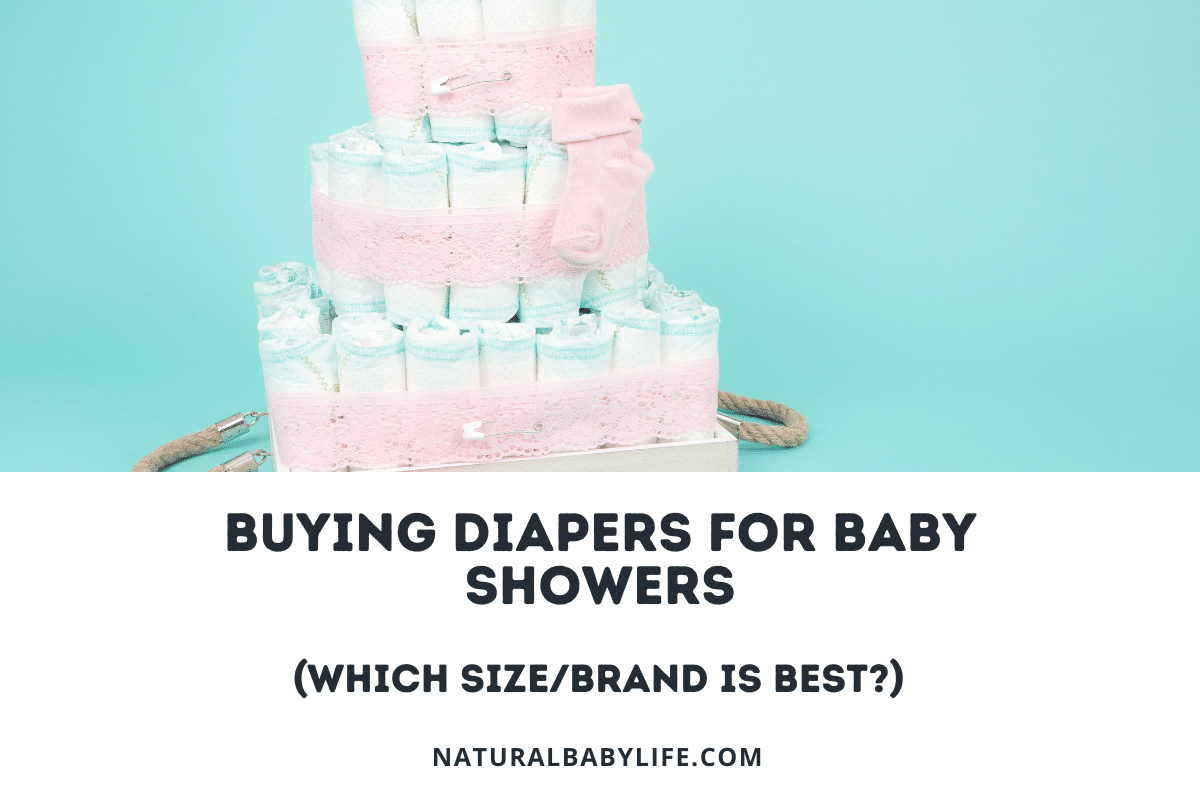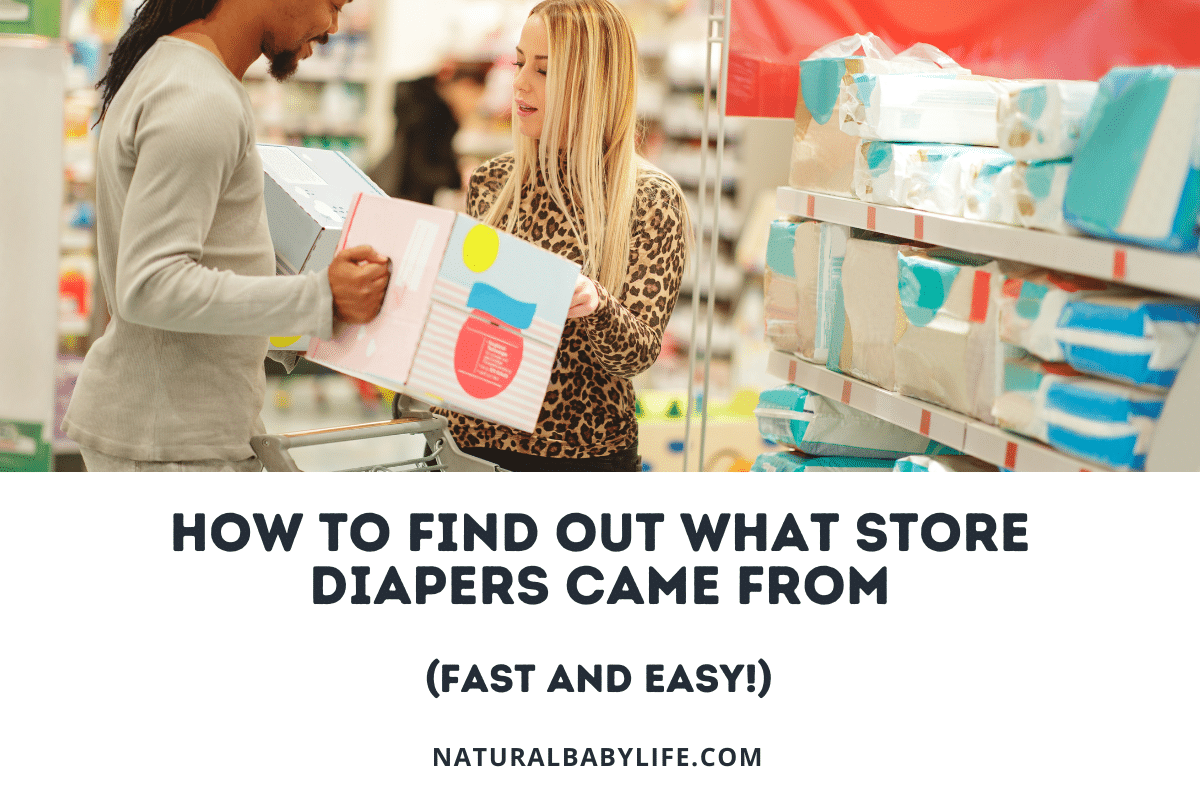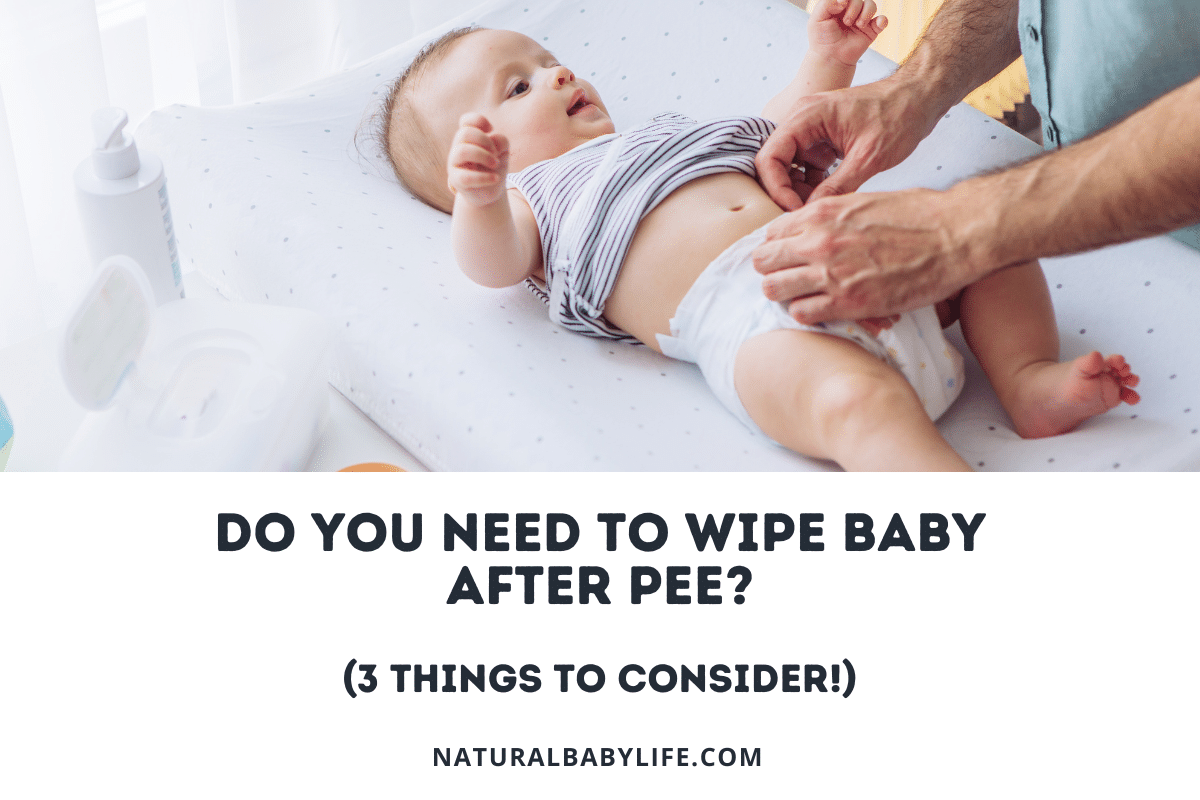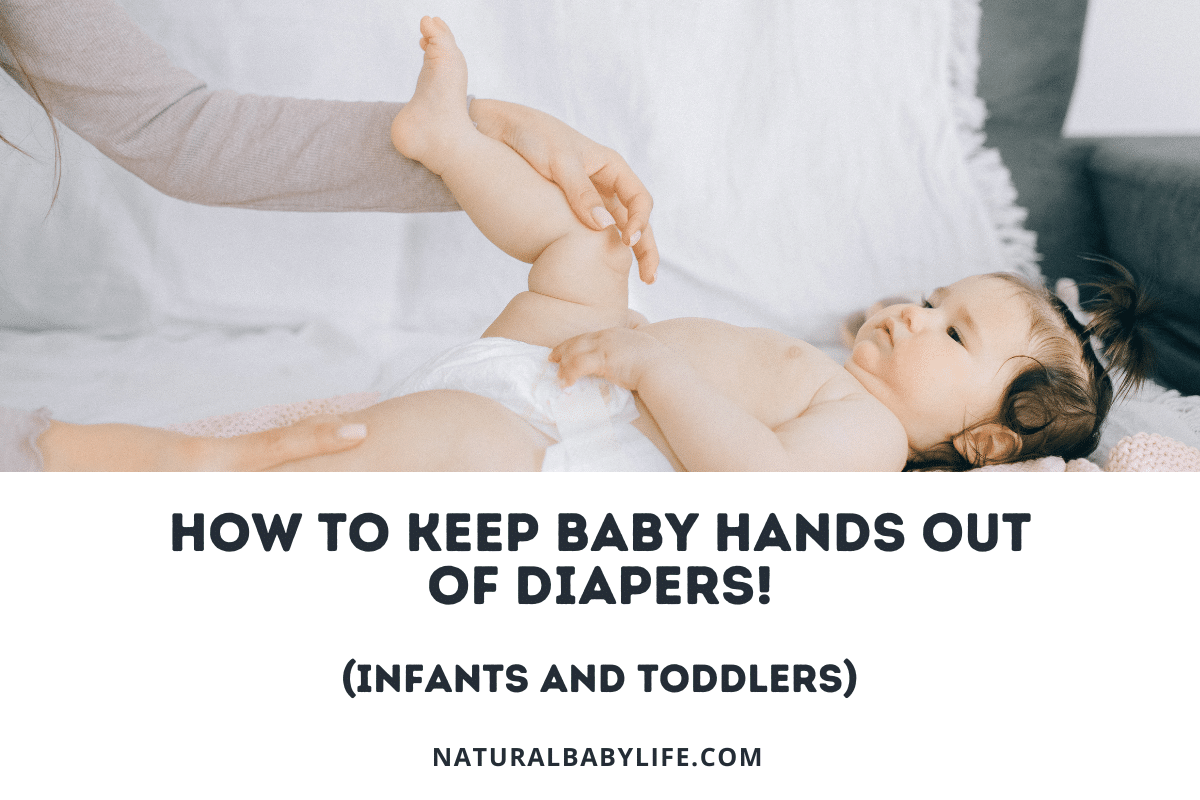Getting a baby to sleep at any age usually requires patience and a healthy dose of prayer. Once they are asleep, most parents will go to great lengths to keep them snoozing, whether it’s during naptime or at night. My wife and I were always reluctant to wake our babies up for any reason, but we especially wondered if we should wake our son up to change his diaper because he was so hard to get settled.
While prolonged exposure to urine and feces can cause diaper rash in babies, it is not always necessary to wake your baby to change her diaper. Be sure to change wet diapers at least once every 2 to 3 hours and dirty diapers as soon as possible upon waking. If diaper rash occurs, change diapers more frequently and clean the diaper area more thoroughly with water, wipes, or bathing.
Nobody wants a baby with diaper rash, but if you aren’t having issues with your current schedule, then I would prefer to let my little one sleep for longer periods rather than waking them up. Of course, what works best for your baby depends on a lot of factors so let’s dive into when to change wet diapers, when to change dirty diapers, how often you should expect to change diapers in general by age, and even how to change a diaper without waking up the baby at all!
Table of Contents
Do you need to change a wet diaper right away?
Newborns and young infants make a LOT of wet diapers so most parents are used to changing them frequently throughout the day. The question still remains, however, whether or not you could leave that wet diaper on while your baby naps or sleeps at night.
While it’s always a best practice to change a wet diaper as soon as possible, there isn’t much harm in waiting for a little while because urine by itself isn’t likely to cause many problems for your little one. According to Kids Health, the biggest problem with allowing urine to stay in contact with your baby’s skin is that it will change the skin’s pH over time, making it more alkaline. Unfortunately, there are lots of germs and bacteria that thrive in a more alkaline environment.
Other issues arise when your baby’s skin stays moist for long periods, which can weaken its natural barriers. Throw in some rubbing and chafing from the diaper and you could have irritated skin with little opening ripe for bacteria to move into and lead to diaper rash.
Read on below to see what to watch out for when changing the diaper!
Don’t forget, too, that wet diaper frequency goes down quickly as your newborn gets a little older so there will be fewer issues to deal with over time as well!
Do you need to change a poopy diaper right away?
So poopy diapers are a different story than wet diapers because feces can cause more problems for your baby’s skin than urine.
It’s also pretty gross.
In most cases, you should change a poopy diaper as quickly as possible because stool contains lots of bacteria that urine and it will irritate your baby’s skin more quickly. According to Healthy Children, stool alone can cause diaper rash with prolonged exposure. When mixed with urine, the combination will produce ammonia over time which can actually cause a mild chemical burn on your baby’s skin in addition to the bacterial concerns. Diarrhea, meanwhile, can cause extra problems right around the anus and it also contains extra food-processing enzymes from the gut that can irritate the skin separately.
With that being said, leaving a dirty diaper on your baby for a half-hour while she finishes her nap shouldn’t cause any major issues provided that you are cleaning her properly. Read the tips below to learn the best things to do while changing your baby’s diaper!
Breastfed babies tend to have less diaper rash
I should also point out that if you are breastfeeding you will likely have less to worry about when it comes to diaper rash and irritation from dirty diapers in general. According to studies cited in Pediatrician magazine, allowing urine to stay in contact with your baby’s skin than formula-fed babies although the reason isn’t clear. One possible reason is that breastfed babies tend to have fewer gastrointestinal issues like diarrhea which causes a four-fold increase in diaper rash compared to babies without diarrhea.
Tips for changing your baby’s diaper to avoid diaper rash
Fortunately, there are a few things you can do to help get away with leaving that wet diaper on for a little while during a nap. The worst thing you can do is leave a wet or dirty diaper on for too long and then not clean your baby properly before changing their diaper. Here is what to do:
- Change the diaper right after your baby wakes up.
- Use a safe and natural baby wipe, wet washcloth, or even a quick bath to cleanse the area and remove any bacteria that might have started to take hold.
- Be sure to clean easy to miss areas such as below the scrotum on boys and around the genitals on girls. Bacteria like to hide in moist, dark areas such as folds in the skin.
- Dry the area well before putting on the next clean diaper
- Try to give your baby opportunities to leave her diaper off for a while throughout the day to ‘air-dry.’
By following these guidelines, my wife and I were able to prevent our son from getting diaper rash with about a 99% success rate. Of course, your mileage may vary but we definitely didn’t do the same things with our little girls and constantly had issues with diaper rash.
How often should I change the baby’s diaper at night?
Another thing to think about is that you’ll probably be up pretty frequently with a newborn at night to feed, especially if you are breastfeeding. While the baby might not always wake up completely and be alert, these are all opportunities to check and change your baby’s diaper without having to wake them up. As we all know, sleep is a precious thing for everyone in the house when there is a baby around!
With that in mind, I thought it might be a good idea to give you some info on how often the average newborn, infant, and toddler will need their diaper changed throughout the day so you can make sure you are on track and not worry too much if you leave a diaper on for a little while during a nap or at night.
By the way, if your baby is waking up with dry diapers then you might want to check out my resource on that topic right here. It has a lot of valuable information as well as when to start worrying!
Newborn diaper change frequency
While newborns can be a little slow out of the gate when it comes to wet and dirty diaper numbers they will soon become the most frequent diaper changing age group. According to The Journal of Human Lactation, the average newborn will have wet diaper counts close to this:
- First Day – You should expect the first wet diaper to occur around the 12-hour mark after birth but it could take as long as 24 hours, especially if breastfeeding. Breastfeeding babies will also have very little urine for the full milk comes in.
- Day 2 – The second day means about 2 diapers in total.
- Day 3 to 5 – On each of these days you are looking for about 3, 4, and 5 diapers total, respectively.
- Day 6 onward – Your baby will probably be up to full newborn speed at this point with about 6-8 wet diapers per day.
If you were paying attention you may have noticed the trend – look for the same amount of wet diapers each day as your baby is old during the first week!
Infant diaper change frequency
Once your baby has reached his second month he’s in the infant phase. During this time the wet diapers will slow but only by a little bit. According to First Cry, you should expect to see between 8-10 diapers per day until the baby is a year old. Here is the breakdown:
- 2 to 5-month-old – 8 to 10 diapers each day
- 5 to 9-month old – 6 to 8 diapers each day
- 9 to 12-month old – 6 to 8 diapers each day
Of course, every baby is different so pay attention to your baby’s frequency and keep an eye out for any changes.
Toddler diaper change frequency
Once your baby has reached the toddler phase you likely won’t have to worry as much about waking her up from a nap to change her diaper because after about a year babies start to have more time in between wet and dirty diapers. Anecdotally, my son stopped pooping overnight almost completely around this age so we rarely had to change a diaper overnight at all!
There will be a lot of factors that go into toddler wet and dirty diaper frequency because, at this point, your baby is probably eating solid foods and diets start to vary considerably.
How to change a diaper without waking the baby
Of course, there are some times that you really feel the need to change your baby’s diaper even though she is asleep. Or, what happens if she poops RIGHT BEFORE she falls asleep? The difference between a few minutes with a dirty diaper and a couple of hours is a big deal.
With that being said, it is sometimes possible to change your baby without waking them up. It’s difficult, but it can be done. Here are a few quick tips that I’ve used before with success:
- Be sure that your baby is in a deeper phase of sleep if possible (heavy limbs, softer breathing)
- Keep the lights in the room off or dimmed
- When possible, have a sound machine or other noise going in the background to help drown out the noise you make
- Don’t talk to your baby!
- If you have to move your baby to change the diaper, keep her in the same position she was sleeping in – don’t rest her across your chest vertically.
- Warm the wipe or washcloth that you plan on using
- Consider warming the diaper and/or change of clothes a little before swapping them onto your baby. A heating pad works well for this!
- Try not to move the baby after changing her (assuming she stayed asleep) if you can. We always change my son on the floor instead of a changing table for this reason!


